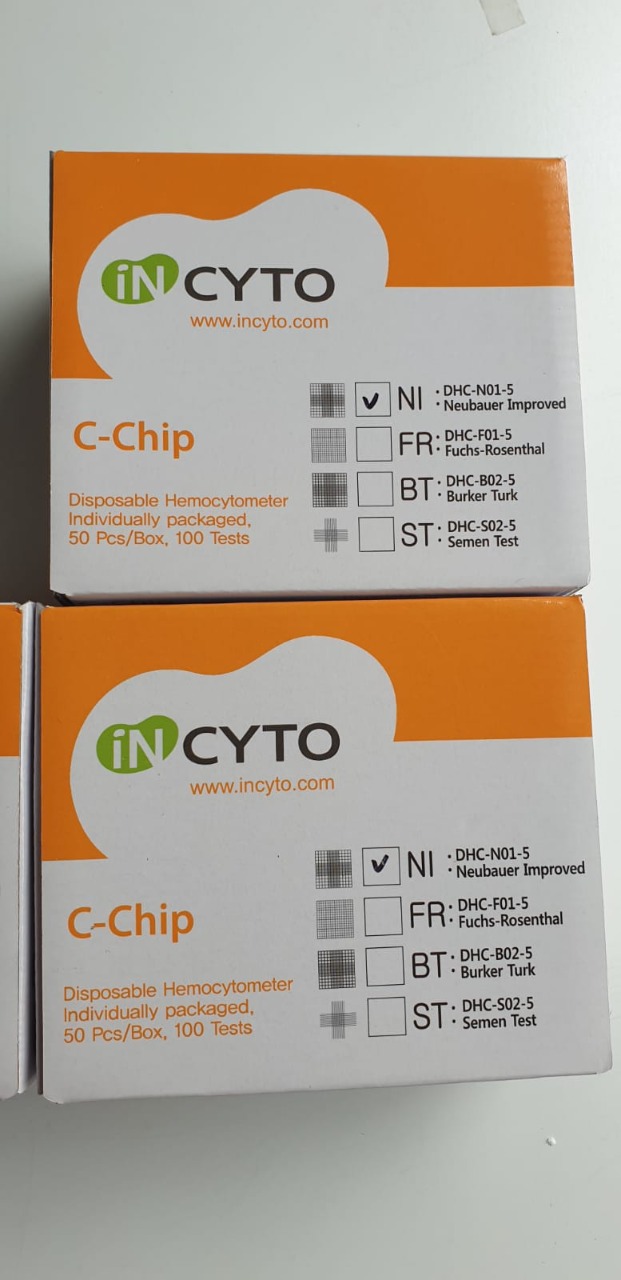Common genetic substrates
Common genetic substrates
The climate change during the Late Pleistocene glaciation has impacted the current distribution of marine populations [1–3]. Temperate species have responded to fluctuations between glacial and interglacial periods with range contractions and expansions [4]. Some lineages have been able to survive in refugia and expand northward as temperatures increased [5,6]. These refugia, with long-term population survival, often display a high genetic diversity and a unique gene variation [6]. Therefore, valuable information for conserving local genetic variation can be obtained by identifying the locations of refugia and population recolonization pathways
Thirteen nuclear genetic markers located on ten chromosomes and two mitochondrial markers were used to analyze:
- the genotypes of the evolved clones in this study (as illustrated in Table S1). All seven ancestral clones were heterozygous at all or most of these nuclear loci
- Genotypic changes and occurrence of LOH among MA lines were determined using the PCR-RFLP approach.
- The specific markers, including their primers, PCR cycling conditions, restriction enzyme digests, gel electrophoresis, and allele scoring
The LOH rate per locus per generation was calculated as the total number of observed LOH events (total number of loci * total number of MA lines * total number of generations).

